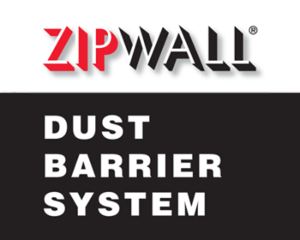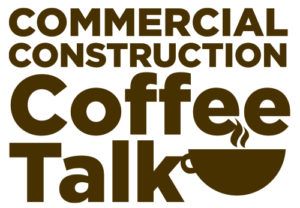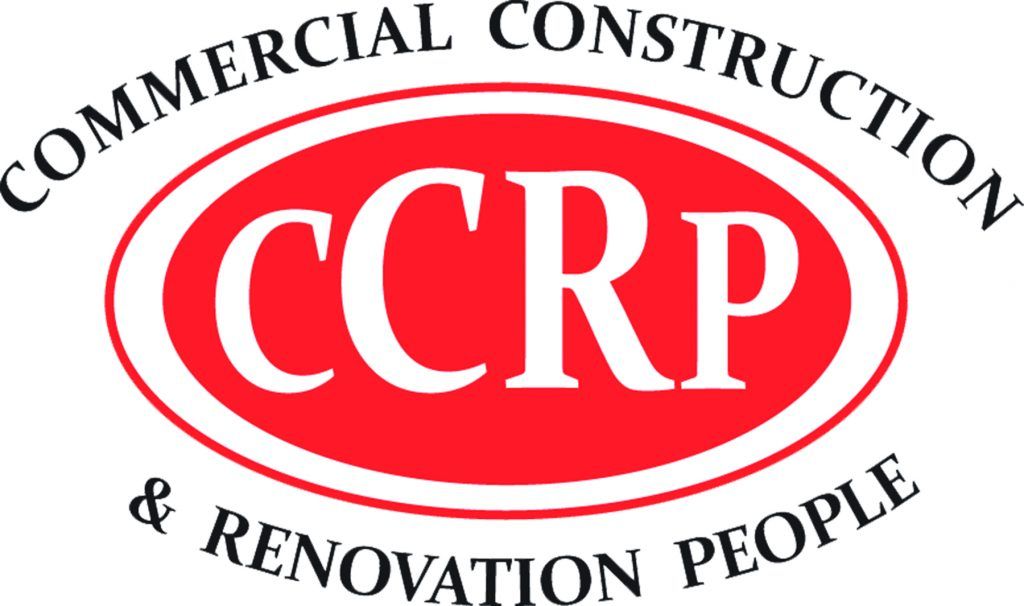Moving into a new home is often exciting—but the process of getting there can be overwhelming. Packing boxes, managing paperwork, hiring movers, and updating addresses are just the tip of the iceberg. One crucial step that often gets overlooked is decluttering. If not handled strategically, unwanted junk can travel with you to your new home, creating unnecessary stress and expenses.
Planning junk removal before a move isn’t just about tidying up—it’s about streamlining the transition and making sure your new space starts fresh. With proper organization and timing, you can reduce what you pack, cut down on moving costs, and avoid bringing clutter into your next chapter.
Why Pre-Move Junk Removal Matters
The weeks leading up to a move are filled with decision-making, but one of the best choices you can make is to declutter early. Junk removal helps homeowners avoid packing unnecessary items and reduces the physical and mental burden during the move itself.
Here’s what makes this step so essential:
- Lower moving costs: Fewer boxes and furniture pieces mean smaller moving trucks, reduced labor, and quicker loading/unloading times.
- Less unpacking stress: Starting life in a new space is easier when you’re only dealing with what you actually need and want.
- Clean departure: If you’re selling or returning a rental, removing junk beforehand helps leave the property in top condition.
A professional Santa Barbara junk removal company understands that every move involves more than just transporting belongings—it’s about clearing space for what matters most.
Step 1: Create a Sorting Strategy
Before diving into packing, start with a sort-and-assess method. Designate four categories for every item in your home:
- Keep
- Donate
- Sell
- Junk
The fourth category—junk—is often the largest. This includes broken furniture, outdated electronics, expired products, or items with no future use. Getting rid of these early clears your space and mindset for the packing process ahead.
It helps to work room by room, beginning with storage spaces like basements, attics, and closets. These areas tend to collect clutter that’s long forgotten but quick to take up valuable moving space.
Step 2: Schedule Junk Removal Early
One of the most common mistakes homeowners make is waiting until the last minute to remove junk. By then, you’re rushed, overwhelmed, and more likely to either toss everything out improperly or move it just to avoid the hassle.
Instead, schedule your junk removal service 2–3 weeks before your move. This gives you time to:
- Assess what still needs to go
- Remove bulk items in a timely fashion
- Avoid landfill overflow periods during peak moving seasons
Reliable providers like Hauling 24/7 can coordinate pickups in a way that aligns with your packing schedule, so you’re not stuck juggling cleanup and moving day at the same time.
Step 3: Focus on Key Problem Zones
Certain areas in every home tend to collect the most clutter. Prioritizing these will lead to the biggest impact:
Garage
Often a dumping ground for past projects and seasonal gear, the garage can hide broken tools, leftover paint, old tires, and non-functional equipment.
Basement or Attic
These spaces often store boxes from past moves, forgotten furniture, and outdated electronics. Most of it hasn’t been touched in years—and won’t be missed.
Closets
Clothing, shoes, and accessories tend to accumulate fast. Use the move as an opportunity to let go of items that no longer fit, match your style, or serve a purpose.
Kitchen Cabinets
Expired food, unused appliances, and mismatched containers all fall under the “junk” category. Streamline your kitchen before boxing up dishes and essentials.
Step 4: Handle Bulky Items Separately
Not everything fits in a garbage bag or donation bin. Couches, old mattresses, damaged shelving, and outdated entertainment centers require special removal. These items are best handled by a professional junk removal team, both for safety and efficiency.
Many municipalities have strict regulations on large-item disposal, and trying to move them yourself may lead to injury or property damage. Having a scheduled removal ensures these pieces are handled responsibly and don’t become an obstacle during the moving process.
Step 5: Coordinate with Your Moving Plan
Think of junk removal as a foundational part of your overall moving timeline—not an afterthought. As you organize movers, storage, and utility transfers, make space in your calendar for a final sweep and junk pickup.
Consider aligning your junk removal with one of the following key points:
- After your first major packing round
- A few days before staging a home for sale
- Once all furniture has been disassembled or inventoried
- Immediately after a garage sale or donation run
This ensures your home stays clear, your move stays smooth, and your energy stays focused on what’s ahead.
Step 6: Don’t Overthink—Just Let Go
It’s common to hesitate when deciding what to throw away. Old furniture with “someday” potential, nostalgic items, or half-completed hobby projects tend to linger. While it’s important to respect your emotional connection to belongings, moving is a perfect moment to release things that no longer serve you.
Ask yourself:
- When did I last use this?
- Will I miss it in a month?
- Would I buy it again today?
If the answer is “no,” it belongs in the junk pile.
Letting go of excess helps you gain clarity—both physically and mentally. And when a professional junk removal team is scheduled to haul it away, you avoid second-guessing and backtracking.
Final Considerations Before Moving Day
As moving day nears, a few final cleanup tasks will help make the transition complete:
- Do a walkthrough to check for overlooked junk behind doors or under furniture
- Clean out outdoor areas like sheds, decks, and patios
- Double-check storage units, rented spaces, or external garages
- Safely dispose of hazardous materials that can’t go with you
These small steps help ensure your move ends cleanly—and your new home begins clutter-free.
Conclusion
Decluttering before a move is more than just throwing things out—it’s a deliberate process that saves time, money, and frustration. Junk removal should be part of your core moving plan, handled early and with strategy.
By organizing room by room, setting a realistic schedule, and partnering with dependable pros like Hauling 24/7, you give yourself the freedom to move forward without dragging your past clutter behind.
Moving should be a fresh start. Make sure it feels that way—starting with what you leave behind.
























